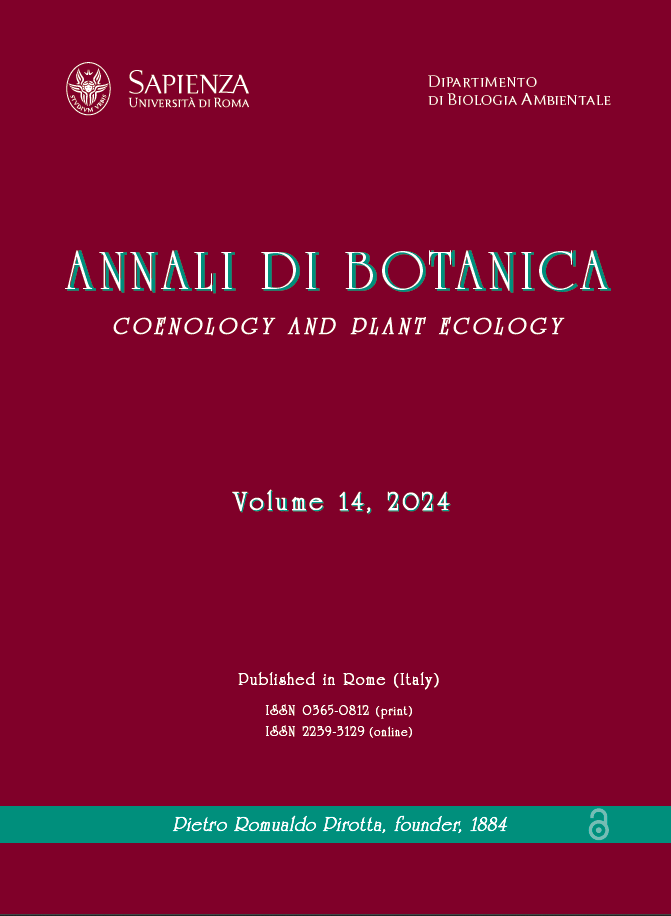A thermodynamic approach to interpret the ecosystem complexity
DOI:
https://doi.org/10.13133/2239-3129/18496Keywords:
ENTROPY, SYNENTROPY, ECOSYSTEM COMPLEXITY, COMMUNITY, VEGETATION, SOIL, HUMUS, ECOINDICATORSAbstract
The authors present a thermodynamic outlook of some significant processes and phenomena in plant evolution and ecology. The same approach is attempted to exhibit the main steps starting from the vegetation science to the ecosystem studies.
Aim is not to write an usual article, but to propose a re-reading of methods and results in the vegetation research field offering a new point of discussion, in which changes in the entropy of systems are displayed in plants such as in human world.
According to the Second Law of Thermodynamics, inanimate matter tends toward a continuous increasing of randomness and the accompanying spreading out of energy. The Living State appears to move in the opposite direction, generating ordered structures with low entropy and high negentropy/ syntropy.
At morpho-physiologic level the leaf represents the most specialized organ to capture sun energetic clean source making the photosynthesis the process through which the negentropy trend is recognizable. Syntropic structures and functions are also generated at the community and ecosystem level. Interestingly in studying ecosystem complexity, the ecoindicators application is comparable to a mind process which reduces “entropy” of the traditional vegetation analysis integrating it in a more suitable and efficient-syntropic- way.
Downloads
Published
How to Cite
Issue
Section
License
Copyright (c) 2024 Anna Testi, Prof., Prof.

This work is licensed under a Creative Commons Attribution-NonCommercial-ShareAlike 4.0 International License.
The copyright for articles in this journal are retained by the author(s), with first publication rights granted to the journal, articles are free to use with proper attribution in educational and other non-commercial setting.

